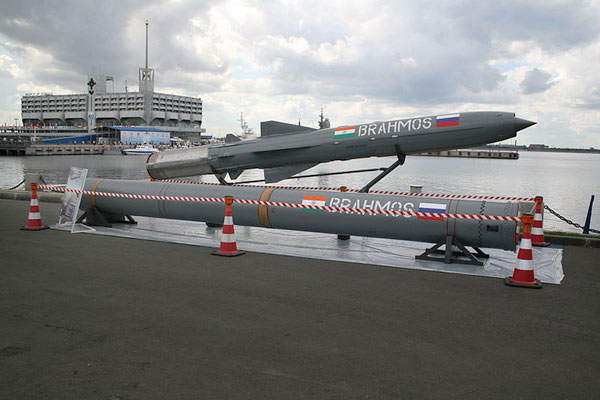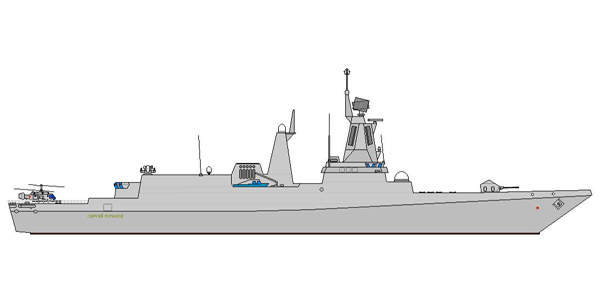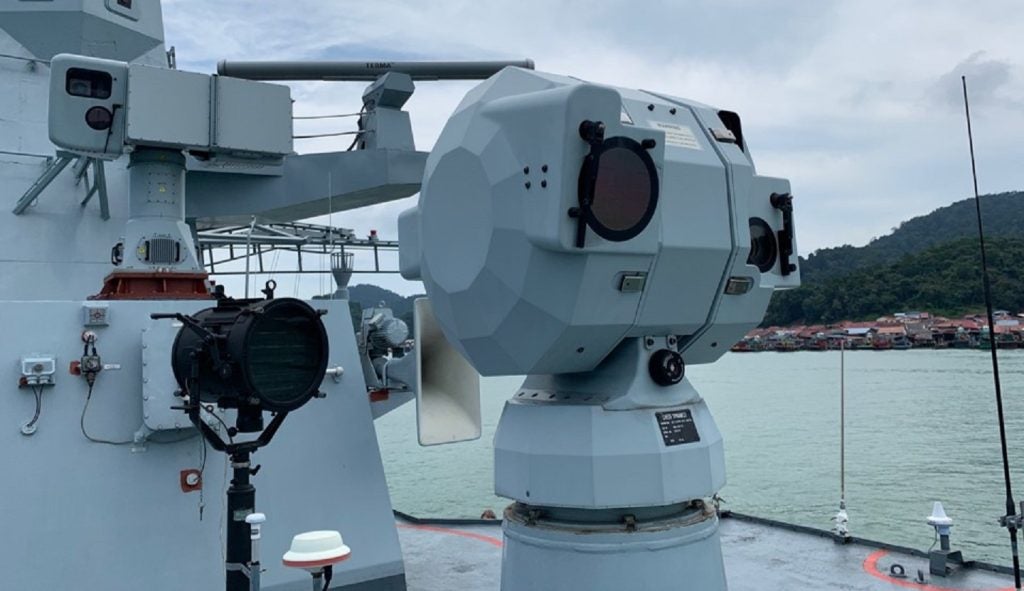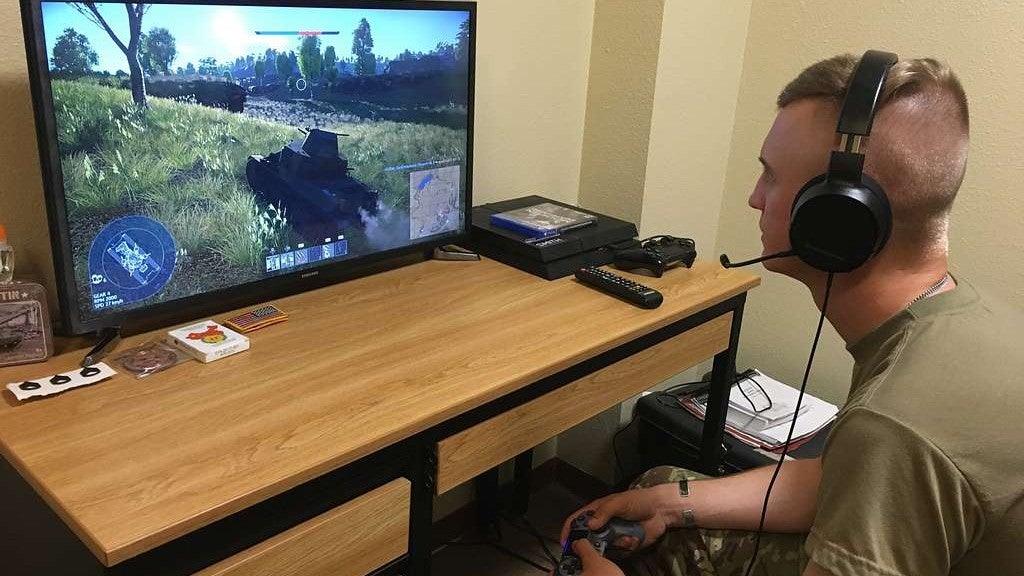Admiral Gorshkov Class frigates (project 22350) are being built by Severnaya Verf OJSC for the Russian Navy. The new multirole, long-range frigates can be deployed in anti-submarine warfare and escort operations.
In October 2005 the Russian MoD placed an order with Severnaya Verf for the construction of the lead frigate, Admiral Sergei Gorshkov. It was named after the commander-in-chief of the Soviet Navy. The frigate is the first long-range maritime surface vessel being built for the Russian Navy in 15 years.
The keel of the Admiral Sergei Gorshkov, the first of the two frigates being built, was laid in Severnaya Verf Shipyard in St Petersburg in February 2006. It was floated out of the launch dock in October 2010.
The vessel is scheduled to join the Russian Navy in November 2013. Construction of the second frigate, Admiral Kasatonov, began in November 2009. The vessel is expected to be delivered by 2014. The keel for the third ship, Admiral Golovko, was laid in February 2012.
The Russian Navy intends to build 20 vessels of the Gorshkov Class. Six frigates are to be delivered by 2020. The new ships will serve the Baltic, Black Sea, Northern and Pacific fleets.
Design of the Russian Navy’s frigates
In July 2003 Russian Naval Command approved the basic design of the frigate. It was developed by FSUE Severnoye PKB (Northern Design and Development Bureau) in St Petersburg. The design is based on the Talwar / Krivak IV Class frigate developed by Russia for India and incorporates stealth technology.
Gorshkov Class frigates are designed to operate in multithreat environments and are equipped with long-range surface-to-surface and surface-to-air missiles, which can attack multiple targets simultaneously.
The frigates have an overall length of 130m, a beam of 16m and a draft of 16m. They have operational ranges of more than 4,000 miles and a displacement of 4,500t. The maximum speed of the vessels is 30kt. They can accommodate about 200 crew members.
Countermeasures / sensor technology
Gorshkov Class frigates are fitted with 3D air search radars, Puma fire control radars and sonar suites with hull-mounted LF sonar and LF VDS sonar. They are also equipped with Garpun-BAL SSM targeting and SAM control systems.
Weapons and armaments of the multirole long-range frigates
The Admiral Gorshkov Class vessels are equipped with a new 130mm gun mount, a 30mm close-in weapon system (CIWS) gun and eight SS-NX-26 Yakhont anti-ship cruise missiles. Yakhont missiles can be fired against a group of naval surface vessels and single vessels.
Other weapon systems include a Medvedka-2 ASW (anti-submarine warfare) system and a Hurricane medium-range surface-to-air defence missile system. The vessels can also be fitted with 21in torpedo tubes to carry torpedoes.
Gorshkov is the only Russian combat ship to be equipped with BrahMos missiles. BrahMos is a supersonic cruise missile developed by the BrahMos Aerospace, a collaboration between Russia and India.
The missile has a range of 180 miles (290km) and is capable of carrying a conventional warhead of up to 660lb.
Ground and sea targets can be successfully hit by the missile while travelling at an altitude as low as ten metres (30ft) and at a speed of Mach 2.8, three times faster than the US-made subsonic Tomahawk cruise missile. The Russian Navy plans to equip the ship with six BrahMos missiles.
Propulsion and power of the Admiral Gorshkov Class vessels
The frigates are equipped with combined gas turbine and gas turbine (COGAG) propulsion systems. The two cruise gas turbines and two boost gas turbines will be connected through two shafts.
The COGAG propulsion is more efficient than combined diesel and gas (CODAG) and combined diesel or gas (CODOG) propulsion systems. The COGAG system delivers more economical transit at cruise speeds. The propulsion system provides a maximum speed of 30kt.
The Gorshkov Class features an aft flight deck and hangar to carry advanced Ka-26/27 helicopters. The helicopters are fitted with radar systems which detect and track submarines.
The Global Naval Surface Combatants and Warfare Systems Market 2011-2021
This project forms part of our recent analysis and forecasts of the global naval surface combatants and warfare systems market available from our business information platform Strategic Defence Intelligence. For more information click here or contact us: EMEA: +44 20 7936 6783; Americas: +1 415 439 4914; Asia Pacific: +61 2 9947 9709 or via email.
Related content
SSBN Yury Dolgoruky Borei Class Nuclear Submarine, Russian Federation
Yury Dolgoruky is a new-generation nuclear-powered ballistic missile submarine which was built by Sevmash shipyard for the Russian Navy.
Project 11661 Gepard Class Frigates, Russian Federation
Project 11661 Gepard Class light frigates were developed and built by Zelenodolsk Shipyard for the export market.








.gif)




